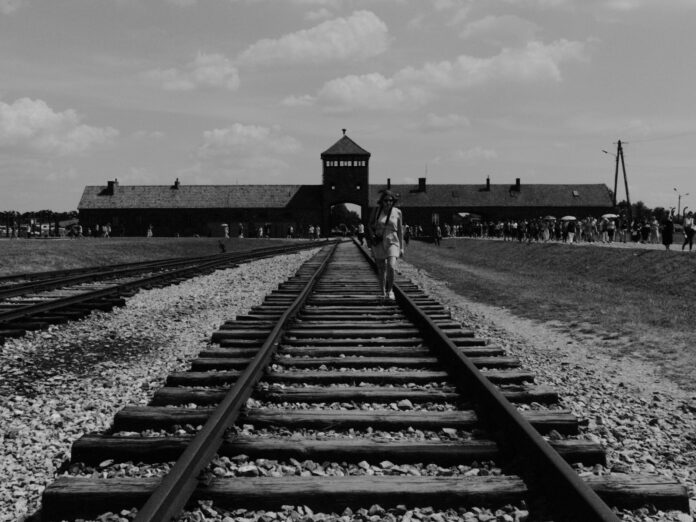Auschwitz Birkenau Guided Tour with Transfer and Hotel Pickup
The Auschwitz-Birkenau concentration camp, located in Poland, stands as one of the most significant historical sites, serving as a somber reminder of the atrocities committed during World War II. This article aims to provide comprehensive insights into the Auschwitz Birkenau guided tour, detailing everything from the historical context to the logistics of booking your experience.
Understanding Auschwitz-Birkenau: A Historical Overview
Auschwitz was established in 1940 and quickly became the largest Nazi concentration and extermination camp. The site includes Auschwitz I, the original camp, and Auschwitz II-Birkenau, the more extensive extermination camp. Over 1.1 million people, primarily Jews, were systematically murdered here. The site today serves not only as a memorial but also as an educational institution that informs visitors about the Holocaust and its impacts on humanity.
Significance of a Guided Tour
Visiting Auschwitz-Birkenau with a guided tour is essential for several reasons. Firstly, guides are trained historians who provide context and in-depth knowledge that enhances the experience. They can share personal stories and testimonies that are not readily available through self-guided visits. Secondly, guided tours ensure that visitors respect the solemnity of the site while adhering to the rules and regulations set forth by the memorial. This organized approach allows for a more meaningful reflection on the past.
What to Expect on the Tour
Participants in the Auschwitz-Birkenau guided tour can expect a structured itinerary that covers both Auschwitz I and Auschwitz II-Birkenau. The tour typically lasts about 7-8 hours, including transportation. Key highlights include:
- Auschwitz I: Visitors will see the infamous entrance gate with the phrase “Arbeit Macht Frei,” barracks, and the museum that houses artifacts and photographs that tell the story of the Holocaust.
- Auschwitz II-Birkenau: This part of the camp is known for its vast expanse and the remains of gas chambers. Visitors will learn about the scale of the atrocities committed here and the history of the camp’s operations.
- Memorials: The tour includes moments of reflection at various memorials dedicated to the victims.
Logistics of the Tour: Transfer and Hotel Pickup
To facilitate a smooth experience, most tours include hotel pickup and transfer to the site. This service is invaluable for those who may not be familiar with local transportation. Here are the logistics to consider:
- Pickup Locations: Depending on the tour operator, pickup may be available from various hotels in nearby cities, including Krakow.
- Transportation: Comfortable vehicles are typically provided, ensuring that the journey to the camp is as stress-free as possible.
- Duration: The entire experience, including travel time, usually lasts between 7 to 8 hours. This allows ample time for both the tour and reflection.
What to Bring on the Tour
While preparing for your visit, consider bringing the following items:
- Comfortable Footwear: The tour involves walking, often on uneven surfaces, so sturdy shoes are recommended.
- Weather-Appropriate Clothing: Depending on the season, dress accordingly as you will spend a significant amount of time outdoors.
- Water and Snacks: While some tours may provide refreshments, it’s always a good idea to bring your own.
How to Book on Viator
Booking your Auschwitz-Birkenau guided tour can be easily done through Viator. Here are the steps:
- Visit the Viator website.
- Search for “Auschwitz Birkenau Guided Tour with Transfer.”
- Select your preferred date and time.
- Complete the booking process by providing your details and payment information.
Visitor Guidelines and Etiquette
Respectful behavior is paramount when visiting Auschwitz-Birkenau. Here are some guidelines to follow:
- Maintain Silence: The site is a memorial, and silence is a mark of respect for the victims.
- Photography: While photography is allowed in most areas, be mindful of where it may be inappropriate, particularly in memorial areas.
- Dress Modestly: Visitors are encouraged to dress modestly out of respect for the solemn atmosphere.
Conclusion
In summary, visiting Auschwitz-Birkenau is an essential journey for understanding the human capacity for both cruelty and resilience. Participating in a guided tour with hotel pickup and transfer ensures that this experience is both educational and respectful. For those interested in booking, we recommend using Izase as a resource for travel insights and recommendations.
We hope this guide serves as a comprehensive resource for planning your visit to Auschwitz-Birkenau, allowing you to engage thoughtfully with this pivotal piece of history.
Disclaimer: This information is accurate to the best of our knowledge; however, there may be changes or mistakes. Please verify exact details on the Viator booking page.


